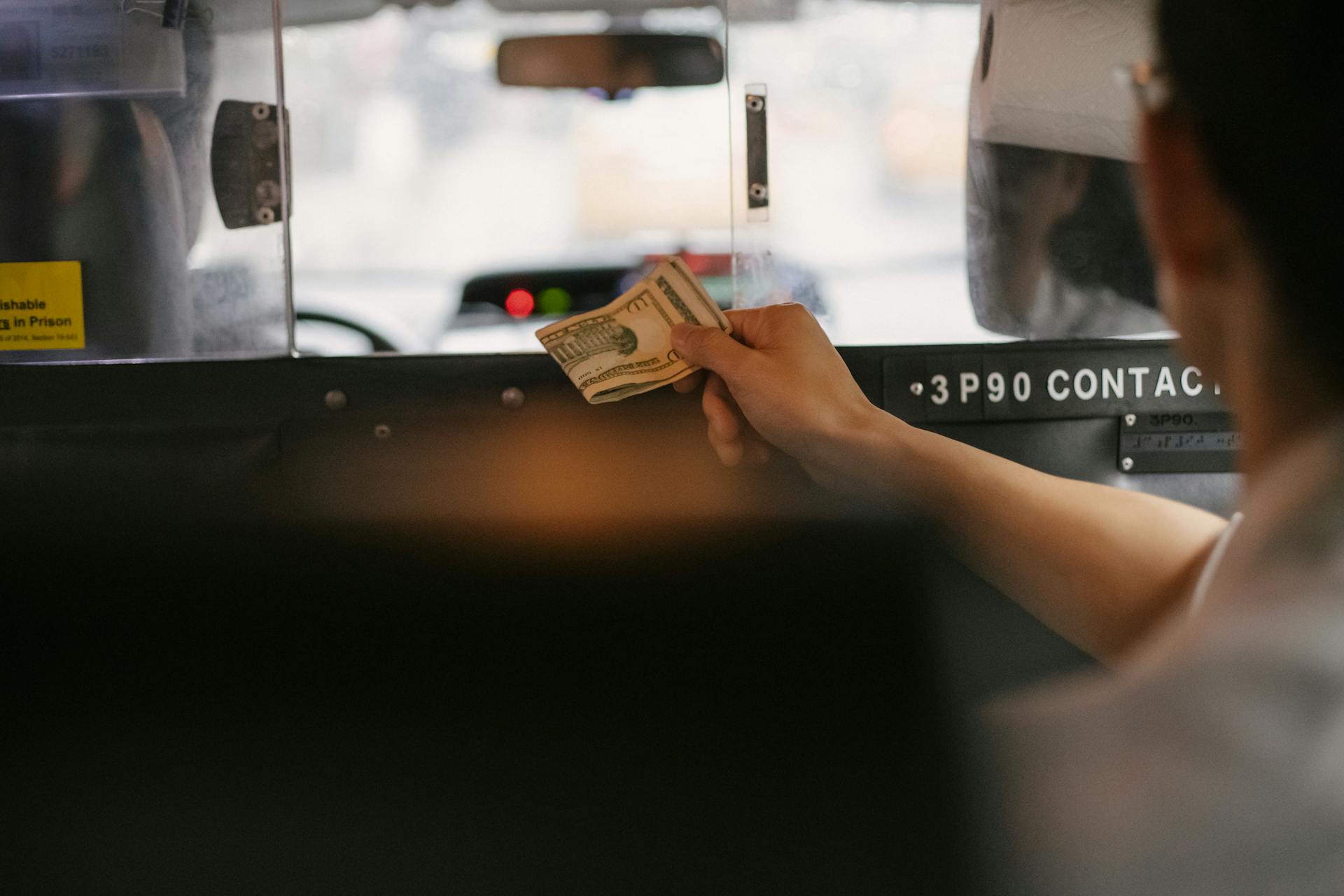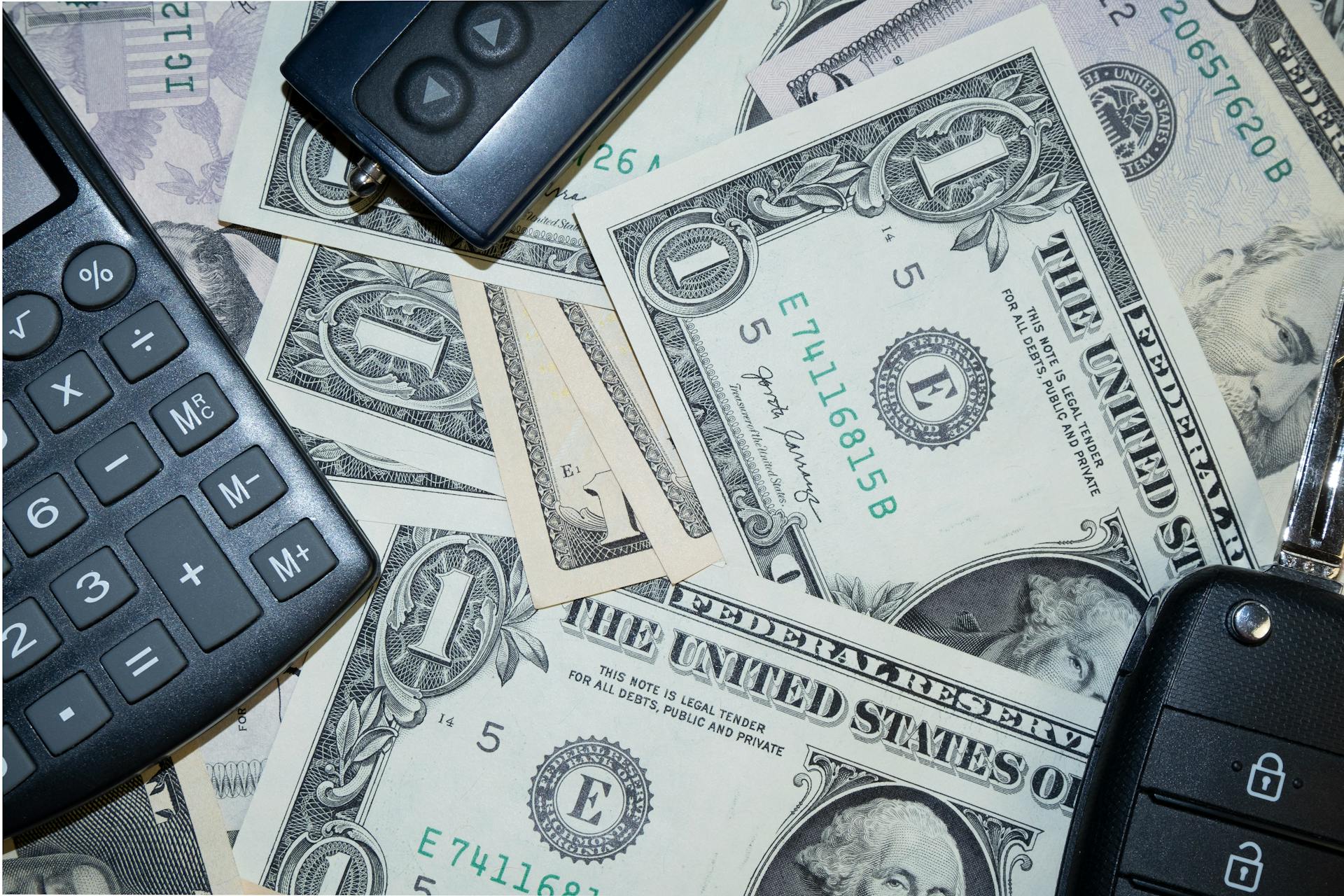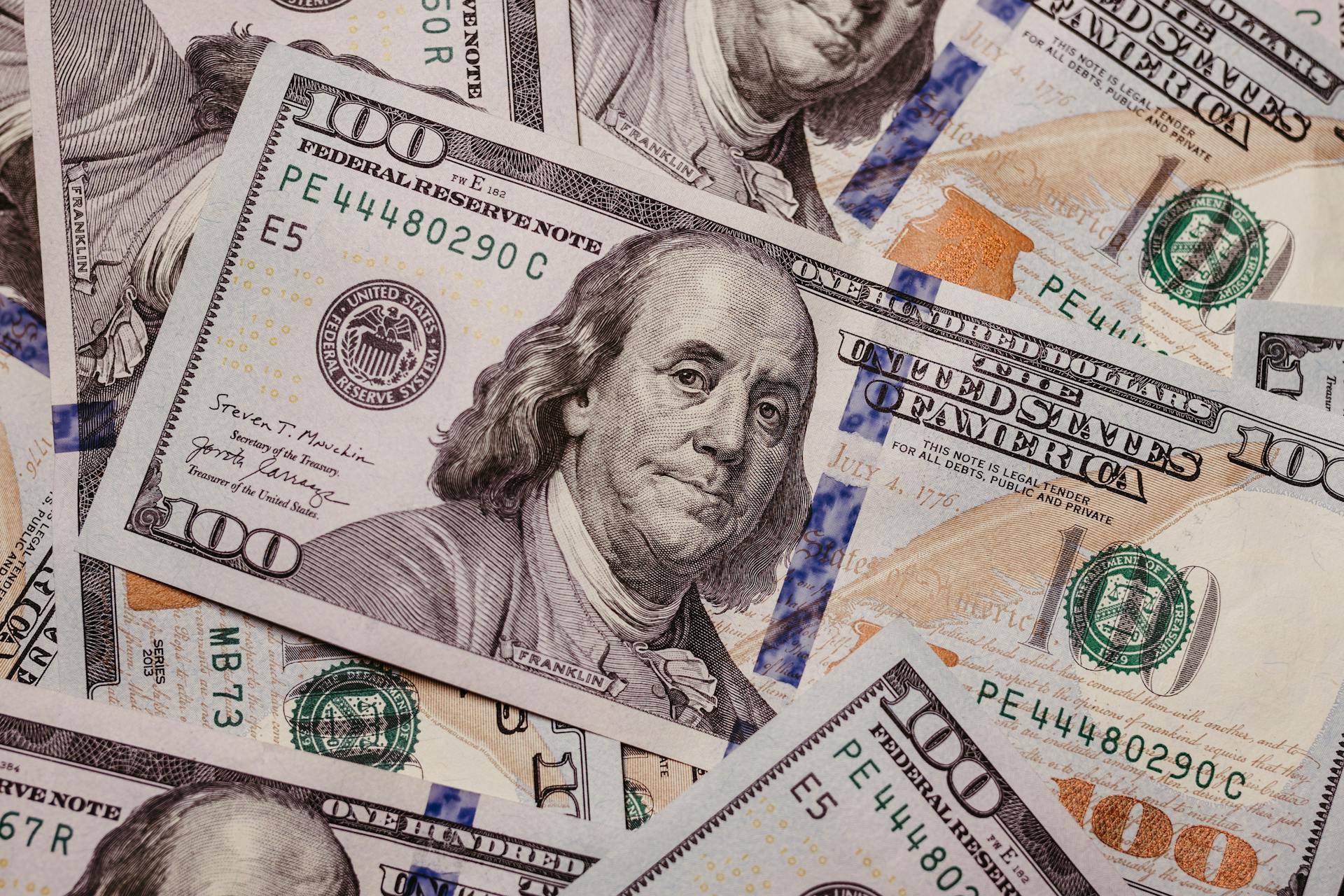
The Bahamian dollar is a fascinating currency, and understanding how it works can be really helpful when traveling or doing business in the Bahamas. The Bahamian dollar is pegged to the US dollar at a 1:1 ratio, meaning that they are interchangeable.
This means that you can easily exchange your US dollars for Bahamian dollars or vice versa. In fact, many businesses in the Bahamas, such as hotels and restaurants, will often quote prices in US dollars.
Suggestion: One Dollar Bahamas
Currency Basics
The Bahamian dollar is pegged to the US dollar, which means its exchange rate is fixed at a 1:1 ratio. This makes it easy for tourists to exchange their money.
The Bahamian dollar is the official currency of the Bahamas, and it's divided into 100 cents.
You can exchange your currency for Bahamian dollars at a bank or a currency exchange office, and some hotels and resorts also offer exchange services.
The Bahamian dollar is widely accepted on the islands, and you can use it to pay for most goods and services, including food, accommodations, and activities.
Bahamian dollars are issued by the Central Bank of The Bahamas, which is responsible for managing the country's monetary policy and regulating the financial sector.
Tourists can also use credit cards and debit cards to make purchases, but it's always a good idea to have some cash on hand, especially in smaller towns and rural areas.
Explore further: Prepaid Debit Cards at Family Dollar
History and Relationship
The Bahamian dollar has a unique relationship with the US dollar, pegged on a one-to-one basis since its introduction in 1966. This parity allows for a seamless exchange between the two currencies, making it easy for tourists and businesses to conduct transactions.
The Central Bank of The Bahamas uses a combination of reserve requirements, changes in the discount rate, and selective credit controls to maintain this parity, ensuring stable economic conditions.
The Bahamian dollar replaced the British pound at a rate of 1 dollar to 7 shillings in 1966, establishing parity with the US dollar due to the fixed sterling/dollar rate at the time.
This transition was a significant step towards decimalisation, with the introduction of three-dollar bills and fifteen-cent coins to aid in the switch.
For your interest: Series B Banknotes
US Relationship
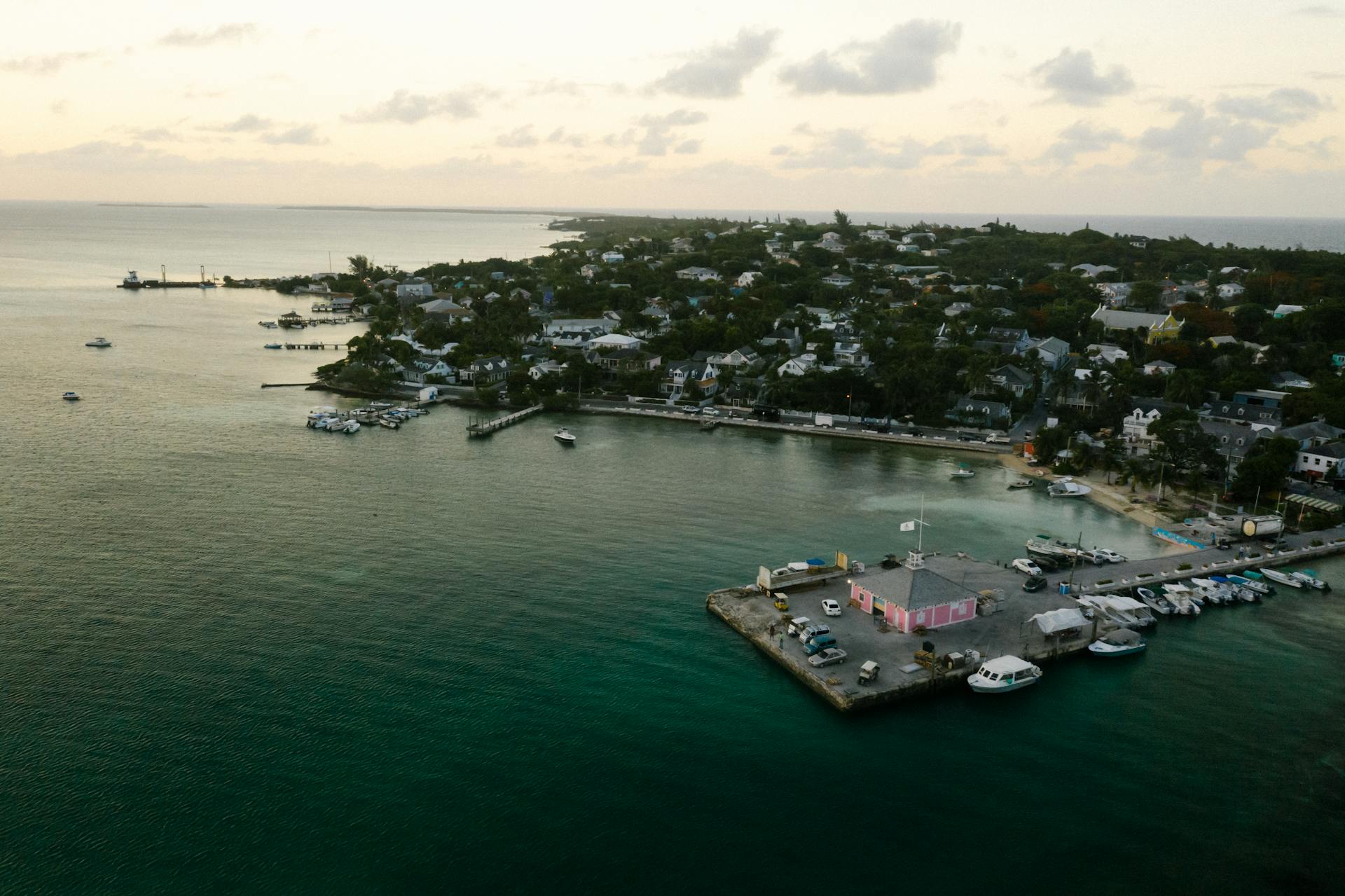
The Bahamian dollar has a unique relationship with the US dollar, pegged on a one-to-one basis. This means that the value of the Bahamian dollar is directly tied to the value of the US dollar.
The Central Bank of The Bahamas uses various instruments to maintain this parity, including reserve requirements and changes in the Bank discount rate. This helps to keep stable conditions in the economy, allowing for economic development to proceed.
You don't have to exchange US dollars when you go to the Bahamas, as the Bahamian dollar is interchangeable with the US currency. In fact, many businesses that serve tourists have extra US dollars on hand for the convenience of American tourists.
You'll likely get your change in Bahamian dollars when you make a purchase in the Bahamas, so you may need to convert them back into US currency when you leave.
History
The Bahamian dollar has a fascinating history. It replaced the British pound in 1966 at a rate of 1 dollar to 7 shillings.
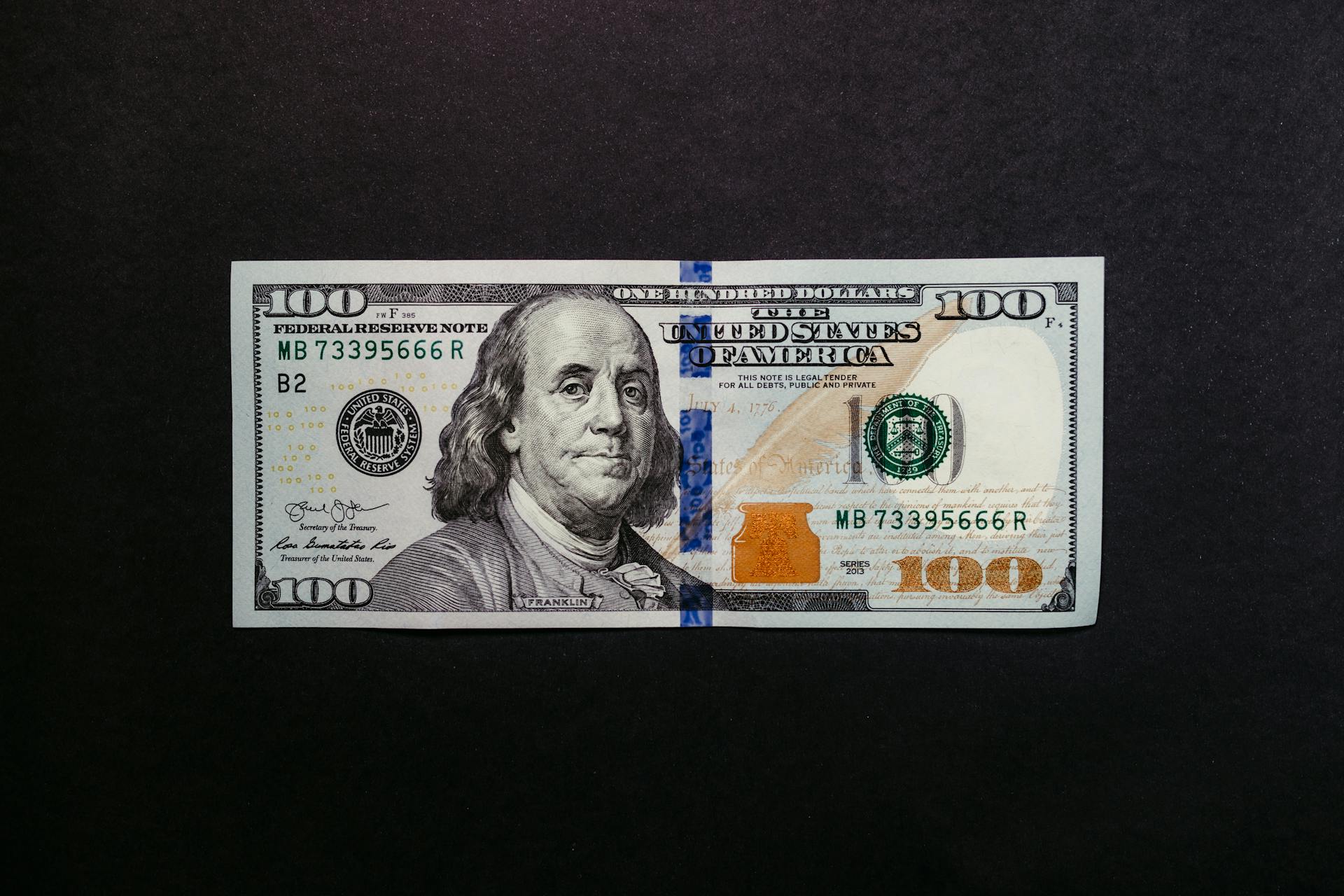
Before the introduction of Bahamian dollars, the country was using the British pound. This change allowed the establishment of parity with the US dollar.
The Bahamian dollar was first introduced with coins in 1966. Three-dollar bills and fifteen-cent coins were created to aid in decimalisation.
The first paper banknotes were issued in 1968. This marked a significant change in the country's currency.
In 1966, the exchange rate between the British pound and the US dollar was fixed at £1 = $2.80. This had a slight impact on the introduction of the Bahamian dollar.
The Central Bank continues to produce new series of banknotes to this day. The most recent series was introduced in 2016.
About The Bahamas Currency
The Bahamian dollar is pegged to the US dollar on a one-to-one basis, making it a convenient currency for tourists and businesses alike. This parity allows for easy exchange and use of either currency.
The Bahamian dollar replaced the British pound in 1966, with a rate of 1 dollar = 7 shillings (US$0.98). This rate enabled the establishment of parity with the US dollar.
In the Bahamas, you can use US dollars without exchanging them, as they are interchangeable with the Bahamian dollar. However, you may still receive change in local currency, which you'll need to convert back into US dollars when you leave.
The Bahamian dollar has undergone few major changes since its introduction in 1966. However, the Central Bank continues to produce new series of banknotes, with the most recent series issued in 2016.
Here are the key features of the Bahamian dollar:
- Pegged to the US dollar on a one-to-one basis
- Introduced in 1966
- Features watermarks, latent images, and phosphorescent features to prevent forgery
- Includes images of national landmarks, animals, and important figures
- Has a digital version called "Sand Dollars" introduced in 2020
The Bahamas became the first country to implement a legal digital currency, called "Sand Dollars", in 2020. This digital currency holds the same value as the Bahamian dollar, but in a digital format.
Currency Design and Security
The Bahamian dollar's currency design is truly unique. Each banknote features a distinctive image that reflects the country's history, culture, and landmarks.
The royal poinciana flower, a blue marlin, the Paradise Island Bridge, and the coat of arms of the Commonwealth of the Bahamas are just a few examples of the illustrations you'll find on Bahamian banknotes.
Prominent historical figures like Queen Elizabeth II, Roland Theodore Simonette, and Milo Butler are also featured on various banknotes.
Coins
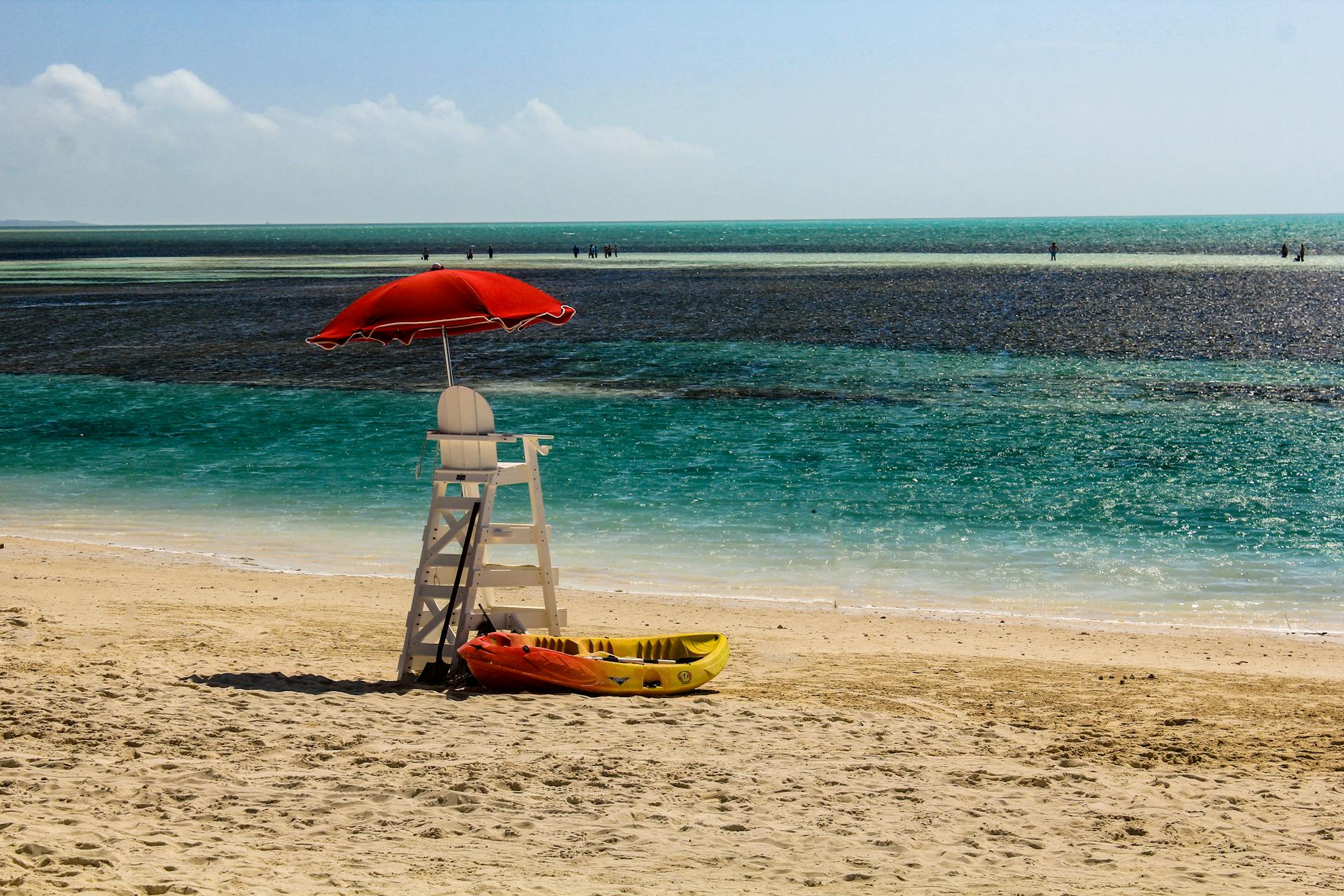
The Bahamian currency is a unique and interesting aspect of the country's economy. The coins were introduced in 1966, with various denominations ranging from 1 to 2 dollars.
The 1 cent coin is notable for being made of nickel-brass and having a scallop shape, while the 15 cent coin is square. The 1 cent coin is also quite small, about the size of a US dime.
The Bahamian Coat of Arms is featured on one side of all coins, with the inscription "Commonwealth of the Bahamas" and the date. On the other side, you'll find objects that reflect Bahamian culture, such as starfish, pineapples, and hibiscus flowers.
The composition of the coins varies, with the 1 cent being made of nickel-brass, the 5, 10, and 15 cents being made of copper-nickel, and the 50 cents and 1 dollar being made of silver. However, silver coins were not issued for circulation after 1966.
Here's a breakdown of the coin compositions:
The 1 cent coin was last issued on January 31, 2020, and was demonetized at the end of 2020. All cash transactions in the Bahamas are now rounded to the nearest five cents.
BSD Banknote Design
The BSD banknotes of the Bahamas are a unique and fascinating aspect of the country's currency. They feature prominent historical figures and scenes from the history, culture, and landmarks of the Bahamas.
The paper banknotes depict the royal poinciana flower, a blue marlin, the Paradise Island Bridge, and the coat of arms of the Commonwealth of the Bahamas. These illustrations are an integral part of the currency's design.
Each banknote has a specific design, making them distinct from one another. The B$0.50, B$10, and B$100 banknotes feature a picture of Queen Elizabeth II, while other banknotes showcase politicians and national landmarks.
The Bahamian currency is also notable for its use of watermarks, which are engraved on banknotes using a special technique. These watermarks add an extra layer of security to the currency.
Here's a breakdown of the prominent figures featured on Bahamian banknotes:
The use of prominent historical figures and scenes from the Bahamas' history and culture makes the BSD banknotes a unique and interesting aspect of the country's currency.
The Bahamas Prevents Forgery with CRISP
The Central Bank of the Bahamas started using CRISP in 2005 to help prevent the production of counterfeit money. CRISP stands for Counterfeit Resistant Integrated Security Product.
Each banknote has specific features unique to its denomination, like watermarks, latent images, and phosphorescent features. This makes it much harder for forgers to replicate the currency.
The use of CRISP has been a game-changer in preventing forgery in the Bahamas. It's a great example of how a country can take proactive steps to protect its currency.
For more insights, see: Which Country Does Not Use Euro as Its Currency
Frequently Asked Questions
How much is $1 Bahamas in US dollars?
According to the latest exchange rates, 1 Bahamian Dollar is equivalent to approximately $0.9994 in US dollars. You can check the current exchange rate for more up-to-date information.
Featured Images: pexels.com
